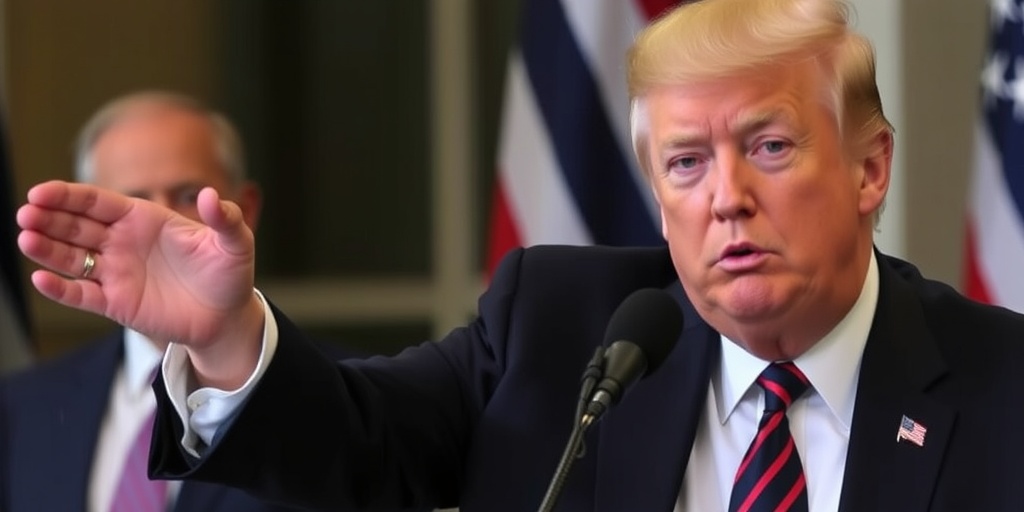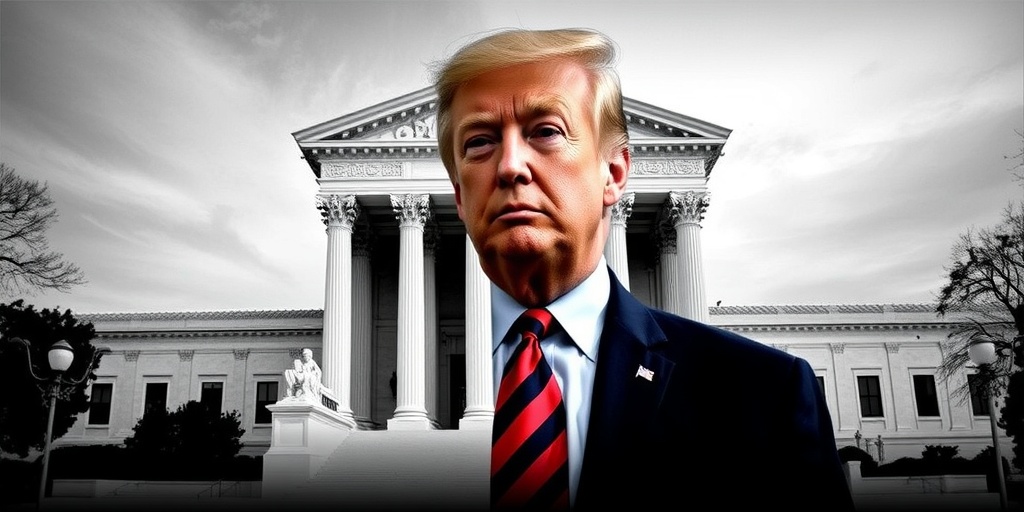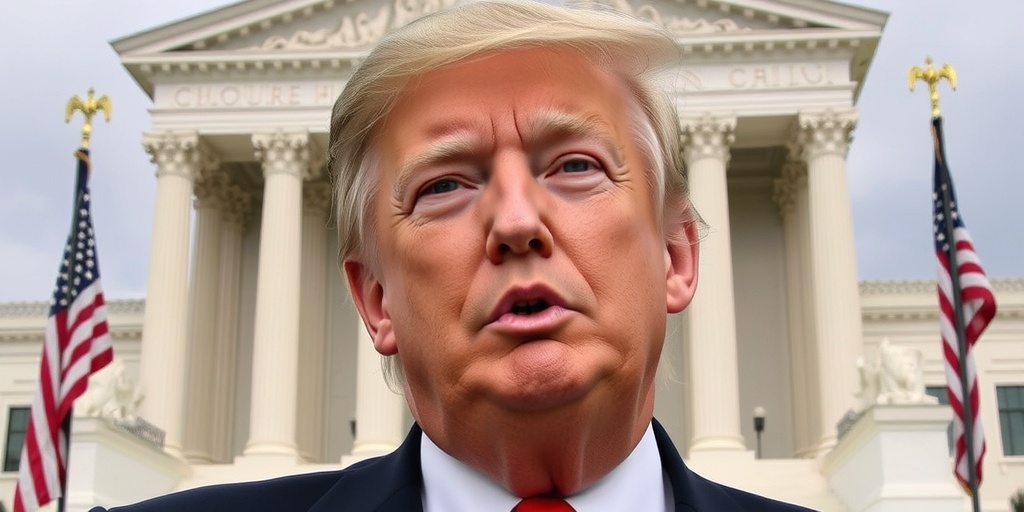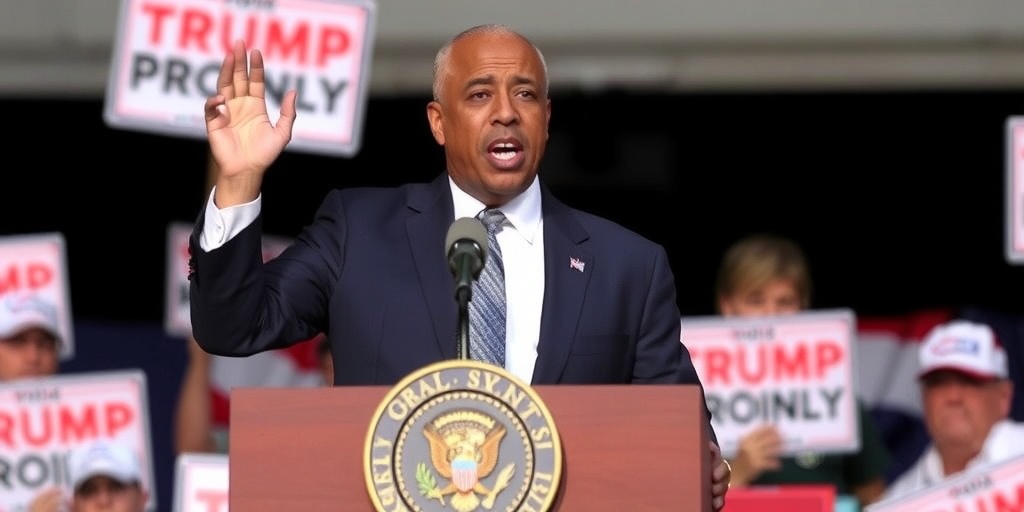Now Reading: Trump’s Tariffs Trigger Economic Uncertainty as Fed Weighs Actions
-
01
Trump’s Tariffs Trigger Economic Uncertainty as Fed Weighs Actions
Trump’s Tariffs Trigger Economic Uncertainty as Fed Weighs Actions

Business Leaders Cautious Amid Economic Uncertainty: A Focus on Tariffs and Policy Impacts
In the heart of northern Minnesota, Chris Bergen, the owner of Bergen’s Greenhouses, which has been a family-operated business for over a century, finds himself in a precarious position as he navigates the evolving landscape of the U.S. economy during President Trump’s second term. With nearly two months into this new presidential era, Bergen’s expansion strategies have been tempered by a wave of uncertainty surrounding the administration’s policies on trade and immigration.
As one of the nation’s leading producers of bedding plants and flowers, Bergen’s business is exposed to various economic challenges. Every June, the greenhouse imports over six million pounds of peat moss from Canada, but due to ongoing tariff debates, suppliers have stopped providing quotes, adding a layer of unpredictability to his supply chain. Bergen is also particularly concerned about potential increases in costs for plastic flower pots imported from China, a situation that could further squeeze his already tight profit margins. Compounding these issues is the looming threat of an immigration crackdown that may affect the temporary visa program crucial for securing seasonal labor at his greenhouse.
“We’re not putting our foot on the brake, but we are taking our foot off the gas,” Bergen explained, highlighting a cautious approach as he reassesses his business plans amid the current volatility.
This sentiment resonates across various sectors and is of significant concern to the Federal Reserve, which is grappling with an increasingly complex economic environment. The Fed is currently scrutinizing evolving economic indicators in deliberations over when, or whether, to adjust interest rates, especially with inflation remaining above their comfort levels. Businesses are voicing apprehensions about rising costs and slowing growth, challenges that have yet to manifest fully in economic data.
Neel Kashkari, president of the Minneapolis Federal Reserve, emphasized the importance of direct engagement with local businesses to sift through the mixed economic signals. During a recent meeting in Minnesota, he encountered similar worries from Bergen and other entrepreneurs regarding persistent inflation and elevated interest rates, reflecting a broader concern that could hinder economic momentum.
Over a thousand miles away in Manchester, New Hampshire, Susan M. Collins, president of the Boston Fed, was hearing parallel fears. Melissa Florio, president of Ambix Manufacturing, described how rising costs from suppliers are squeezing her operation, as one material’s price surged by over 354 percent, leaving her anxious about a potential recession. “Every day is an up-and-down yo-yo,” she noted, reflecting the turmoil that many businesses are feeling.
As inflationary pressures resurface, the Fed is in a delicate balancing act, attempting to manage its dual mandate of ensuring low inflation while fostering maximum employment. Businesses’ cautiousness translates into delayed investments and hiring freezes, highlighting a chilling effect on broader economic activity. Jeremy Okeson, CEO of Dynamic Homes—another Minnesota-based company reliant on Canadian lumber—shares this sentiment as potential tariffs threaten to elevate construction costs.
More concerning is the possibility of stunted consumer demand leading to a slowdown in economic growth, which could create conflicting demands for policymakers. If consumer spending falters, businesses like Bergen’s and others may struggle, further complicating the Fed’s ability to stimulate the economy through interest rate cuts.
Despite these challenges, the Fed has held off on making any drastic rate cuts for now. Observations by Collins indicate that while many seek clarity amid uncertainty, the nature of monetary policymaking often assumes an unpredictable path. She acknowledged the difficulties of providing a clear road map given the constant ebb and flow of the current economic circumstances.
As consumer sentiment dips, forecasters are increasingly inclined to interpret soft data—such as consumer confidence surveys—cautiously. Kashkari’s recent engagement with community members revealed a pervasive pessimism about the economy, with many worried about rising prices and sluggish growth. This mood is not easily aligned with the more stable hard data, such as employment figures, which still indicate relatively low unemployment rates.
The complexity of the current economic climate has aligned predictions about an uncertain future for many businesses. As companies contemplate significant investments or expansions, many executives echo Florio’s viewpoint: it’s prudent to hold back amidst the chaos rather than risk potential financial fallout.
In conclusion, as negotiations over tariffs and broader economic policies unfold, American businesses like Bergen’s Greenhouses and Ambix Manufacturing find themselves on shaky ground, navigating an environment filled with risks and uncertainties. The Federal Reserve continues to monitor the situation closely, trying to strike a balance between fostering growth and curbing inflation, all while leveraging real-time insights from business leaders. As decisions are made at the top, the real-life implications of those choices will shape the economic landscape in the months and years to come.
Stay Informed With the Latest & Most Important News
Previous Post
Next Post
-
 01New technology breakthrough has everyone talking right now
01New technology breakthrough has everyone talking right now -
 02Unbelievable life hack everyone needs to try today
02Unbelievable life hack everyone needs to try today -
 03Fascinating discovery found buried deep beneath the ocean
03Fascinating discovery found buried deep beneath the ocean -
 04Man invents genius device that solves everyday problems
04Man invents genius device that solves everyday problems -
 05Shocking discovery that changes what we know forever
05Shocking discovery that changes what we know forever -
 06Internet goes wild over celebrity’s unexpected fashion choice
06Internet goes wild over celebrity’s unexpected fashion choice -
 07Rare animal sighting stuns scientists and wildlife lovers
07Rare animal sighting stuns scientists and wildlife lovers





















